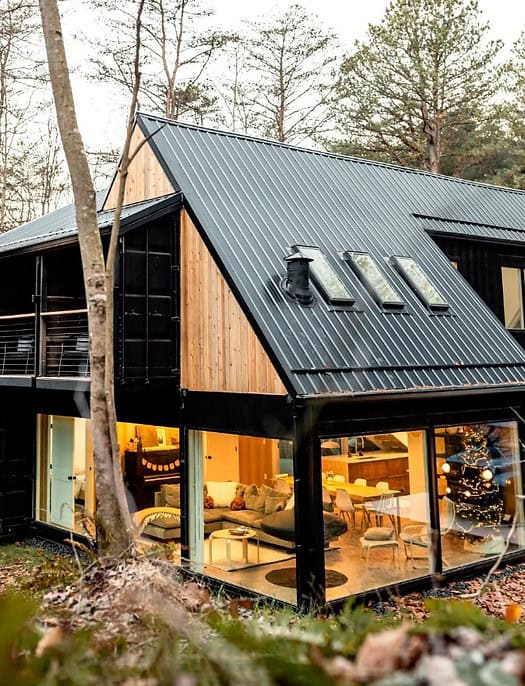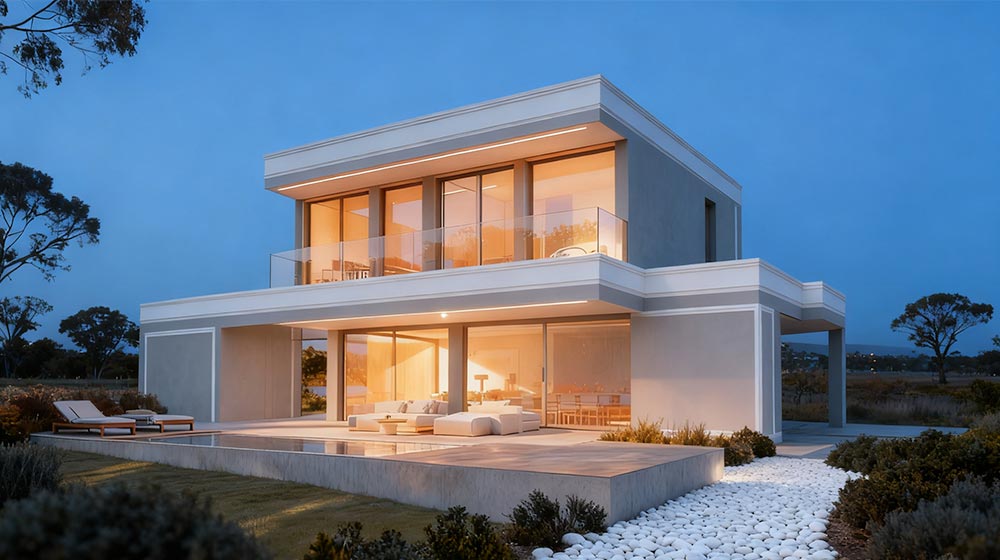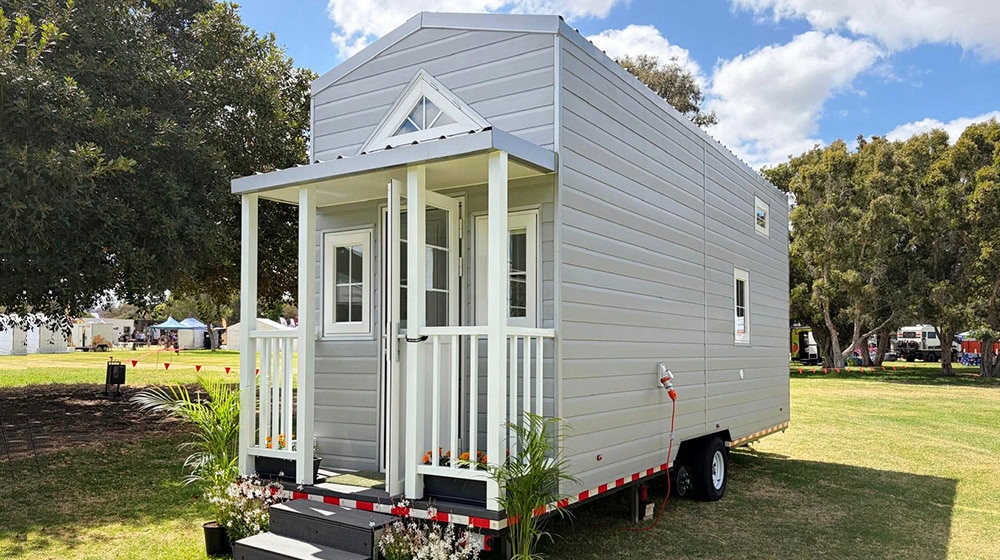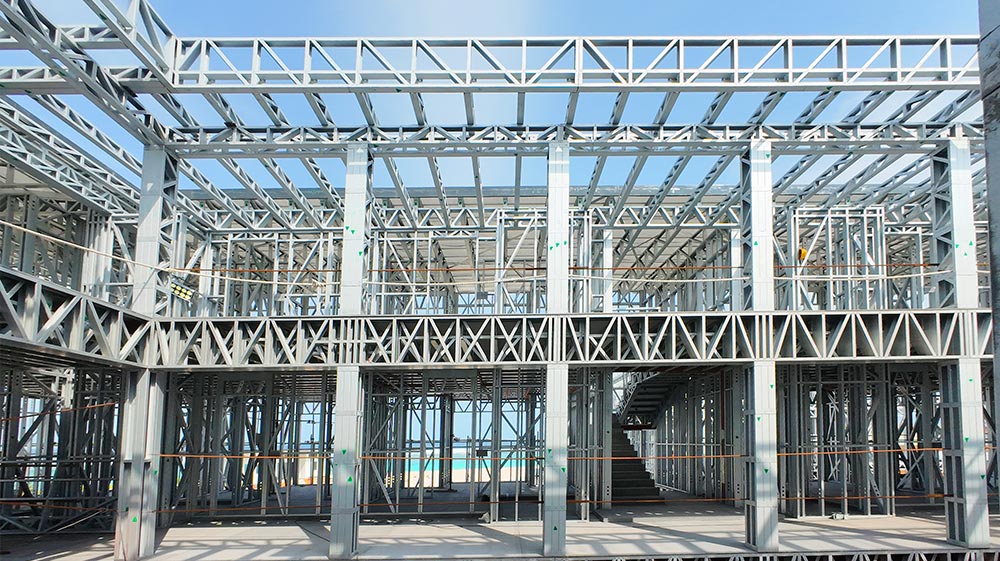
The housing crisis around the world has made it difficult for many people to find safe and affordable places to live. Rising rents, home prices, and a shortage of available housing options have left families searching for new solutions. As the problem grows, supply of affordable housing becomes more pressing, and tiny homes have started to get more attention as a possible way to help.
Tiny homes can provide lower-cost, flexible housing options that may help address some of the challenges caused by the housing crisis. Here are some of the major advantages of tiny home in comparison to traditional housing.

Affordability and Cost Advantages of Tiny Home
One of the main benefits of tiny homes is their affordability. The average cost for a tiny home is often much lower than for a traditional house. To be more specific, their cost advantages can be summarized into three aspects that contribute to the overall affordability crisis.
- Lower building costs: Tiny homes use fewer materials and can often be constructed more quickly.
- Reduced energy bills: Smaller spaces need less heating, cooling, and electricity.
- Easier maintenance: Less space to clean and repair lowers upkeep costs.
These factors make tiny homes a good fit for people shut out of the traditional housing market by high prices. They help first-time buyers and those with lower income achieve homeownership or affordable rent, which is increasingly rare in many urban areas facing a housing supply shortage.
Efficiency and Design Advatanges of Tiny Home
Tiny homes are designed for minimalist lifestyle and small-scale living, which use multi-functional furniture and smart layouts to get the most out of every inch. Many pieces, such as fold-out beds or dining tables that double as desks, help rooms serve more than one purpose. For example, stairs in a tiny home might have built-in drawers. Beds can be lifted to reveal storage underneath. Loft areas can give extra room to sleep or relax without taking up main floor space.
What’s more, tiny homes often focus on energy efficiency and use sustainable materials. Insulation, energy-saving windows, and smaller areas to heat or cool reduce overall energy use. Many tiny homes use solar panels or other renewable energy sources to power appliances.
These shifts leads to less clutter and sustainable livings, and also saves time on cleaning and home maintenance. This greatly benefiits the less endowed populace since they often need to invest more time into making a living, and the reduced bills for energy and other necessities are also helpful.
Conclusion

Overall, tiny homes can be a potential solution to the housing crisis, offering an affordable, sustainable, and flexible living option for those in need. However, it’s important to consider the potential drawbacks of tiny homes, such as limited space and zoning laws, before deciding if a tiny house is the right choice for you.



